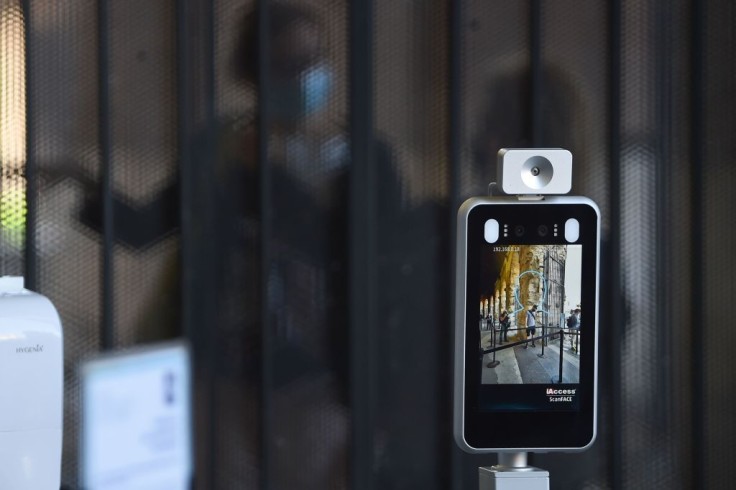Several businesses from fast food chains to financial institutions are now gradually transitioning to biometric payment options despite privacy concerns.
Juniper Research predicts that mobile biometric payments will boom by 2025 with a $3 trillion market value.

PopID's Payment Option as Popular Choice for Businesses
Fast food restaurants like CaliExpress by Flippy have started to adopt facial recognition to confirm transactions for meals. The restaurant uses the face ID tech of PopID which requires customers to register using selfies.
According to Steak 'N Shake, a Midwest restaurant, PopID's face ID tech works faster than a QR code or mobile app. When compared, facial recognition takes only two to three seconds to confirm transactions while mobile code or app takes up to 20 seconds.
Mastercard is also working with PopID and had a pilot test in Brazil in 2022. The experiment resulted in a 76% recommendation from the participants. The company is reportedly partnering with NEC to introduce the Biometric Checkout Program to the Asia-Pacific region.
Transition to Biometric Payments Sparks Privacy Concerns
Despite its promise of convenience and efficiency for merchants, some customers are still uncomfortable with the biometric payment system. Previously, Target was sued for allegedly storing a customer's biometric data without consent.
On the contrary, China's biometric payment system is more welcomed by consumers. McDonald's China allows customers to pay using facial recognition technology with the help of AliPay.
PopID has recently sealed a deal with JPMorgan, hinting that the technology is coming to the U.S. anytime soon. According to PopID's CEO John Miller, it will be a breakthrough year for biometric payments.
"JPMorgan brings the kind of credibility and assurance that both merchants and consumers need to adopt biometric payments," Miller added.
A 2023 survey revealed that customers prefer fingerprint scans to facial recognition. However, Gen Z customers are more welcoming to the idea of pay-by-face technology compared to older generations.









